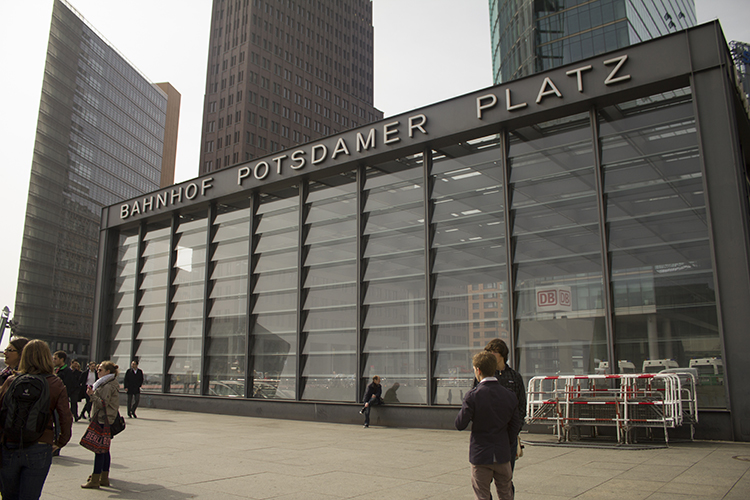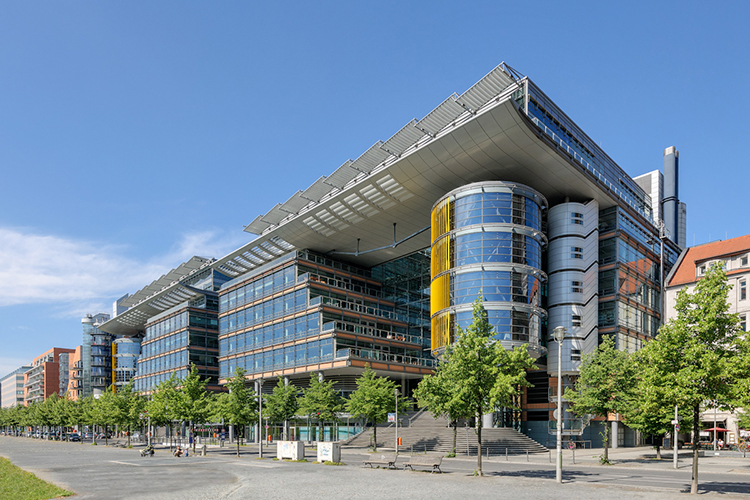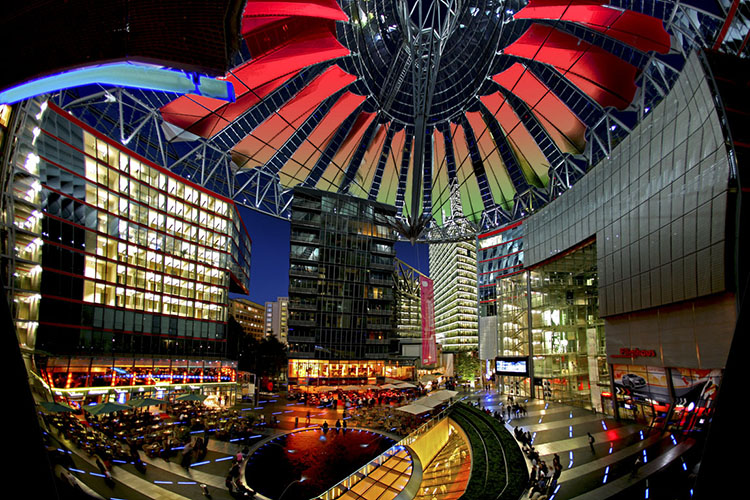On February 9th, the Berlinale Palast will host again the opening gala of the Berlin International Film Festival. It will be the starting point for an intense program that will last until February 19th. A few days in which 400 films will be screened in theaters around the German capital.
Berlinale 2017
Not all the films that can be seen during these days can receive awards. Only 18 films are competing for the coveted Golden Bear for best film and the Silver Bear for best direction and best performances, male and female.
All these films will be screened in the Berlinale Palast. The closure event will be held there as well where the jury’s verdict will be announced. A jury this year lead by the Dutch director Paul Verhoeven who will be accompanied by international figures of the celluloid and the arts. It is the case of the creator Olafur Eliasson. In Horse, we have already mentioned him when we talked about his work Your Rainbow Panorama in the Danish city of Aarhus, one of two European Capitals of Culture in 2017 .
It is impossible to know who will be the winners. However, if we have to bet, we recommend choosing between those candidates who have a social message, because the Berlin event is undoubtedly the most political one among the major film festivals. You just have to take look at the tape awarded in 2015: Fuocoammare, an Italian documentary that clamour for immigration in the Mediterranean.
A little history about the Potsadamer Platz
Perhaps for that protest and denunciation spirit of our time, the Berlinale Palast could not have a better location than the Potsdamer Platz, authentic symbol of the most contemporary Berlin opposed to a past relatively close and very different.
Potsdamer Platz emerged in the nineteenth century where a station was opened, in an area located at the Berlin suburbs. However, it soon became one of the most important spaces for urban planning. That is the reason why it was there where it was placed the first European traffic light back in 1924.
However, that knot of communication was almost destroyed two decades later, due to the bombings of World War II. This area became a priority target, because here are situated many of the ministries of the Nazi Germany. The Potsdamer Platz was devastated, like a big part of the city.
In that context, with a destroyed Berlin and in the throes of reconstruction the Film Festival would be born. It was 1951. But there is still much for the epicenter of the film festival to be the current Berlinale Palast.
No man’s land
If the Second World War was a bloody episode, we must not forget another sad chapter of recent history. We speak of a city divided by the presence of the Wall. A wall that crossed the Potsdamer Platz, which divided it and turned it into a desert, because we also have to add the “death strip” around it and where nobody could step without taking the risk of being shot dead .
The fall of the Wall and the raising of the square
It was in 1989. Berlin was officially a city again, and Germany a country. A bright future on the horizon opened, and one of the places where it was going to materialize was in the inhospitable Potsdamer Platz.
An international competition of ideas to propose the remodeling of this place of the new unified capital was called. After much discussion, it was finally Renzo Piano who made a total approach to reform the Potsdamer Platz. An architect who had a huge experience, as he was the author of buildings such as the Georges Pompidou Centre in Paris or the great work of Kansai airport in Osaka.
The Italian Renzo Piano not only did the general plan, but also built his own buildings. Especially the Debis Tower, one of three that serve as monumental entrance to the Potsdamer Platz. The other two are the Kollhoff Tower, named after the architect who designed it, and the tower of the Sony Center, the highest of the three.
A space for the present and the future
The fact is that those plans resulted in a huge square of the XXI century, with the participation of the major German companies such as Daimler-Benz, or what is the same Mercedes. Or the business tycoon, Otto Beisheim, who built here the Besheim Center.
Other internationally renowned architects worked within this plan, like Arata Isozaki, or the Spanish Rafael Moneo who designed the Grand Hyatt Hotel. And likewise, we must talk about the three buildings that Richard Rogers built in the square, promoted by Daimler-Chrysler. Volumes dominated by glass, aluminum and bioclimatic concepts, and so is his most emblematic work: the Lloyds building in London.
The Sony Center and the Berlinale Palast
Out from this original plan the Sony Center was created and designed by Helmut Jahn, who created the most unique building of the group and that is a pride for the Japanese company that defrayed it. It is an open building thanks to a large inner courtyard that is covered by a steel and canvas cone that evokes the Mount Fuji, the symbol of the multinational company.
Throughout the year, this is the most visited building of the Potsdamer Platz, because it has a huge offer of leisure, among which there is no lack of theaters, and even a museum dedicated to the Seventh Art. In fact, it has become a tourist reference.
That happens all year, but for a few days of February is different. These days, the most photographed place is the Berlinale Palast. A great theater opened in 2000 and that has a capacity for 1,800 people. This enclosure is used throughout the year, for musical or theatrical performances, although the film festival gives it international fame. And so it will reappear in the news around the world, the next Thursday, February 9th, when the red carpet of the Berlinale will spread out.
Translated by: Raquel Sanchez













